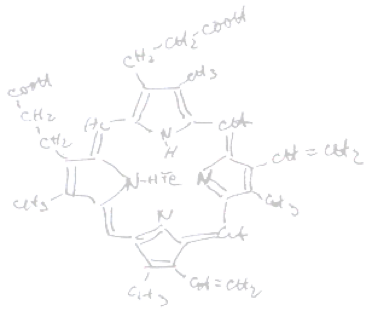
2020
Mark D. Levin, PhD
Assistant Professor, Department of Chemistry, University of Chicago
Next-Generation PET Tracer Synthesis for Cancer Imaging
Designing a new Compound to make PET scans more effective and useful
A PET Scan (Positron Emission Tomography Scan) is a test that uses imaging combined with a radioactive tracer chemical injected into the body. It can display how tissues and organs are functioning and can both detect and monitor cancers. One way that PET screening is used in cancer is to monitor and compare the use of glucose in cells; cancerous cells take up significantly more glucose. Radiologists currently use a compound called [18F]-Fluorodeoxyglucose (FDG) which is similar enough to native glucose to allow the imaging of glucose transport and thus identify and delineate cancerous legions.
Despite the widespread use of FDG, issues related to background uptake of the compound into healthy cells have limited the sensitivity of the images it provides. The development of new compounds which can provide more sensitive localization into tumors remains a critical goal in cancer research. Dr. Levin proposes to pursue a set of chemical techniques to better attach radioisotopes to molecules and significantly expand the number of new synthetic tracer compounds available for cancer screening, diagnosis, and treatment.
Using the funds from this Cancer Research Foundation Young Investigator Award, Dr. Levin intends to prepare a particular compound called [11C]-tyrosine as a candidate tracer compound to replace or supplement FDG screening. Up until now, compounds used to trace and image processes like glucose use have been limited by the difficulty of attaching a radioactive isotope to the most potentially useful molecules in a way that would be static for long enough to track it through the body. Dr. Levin is proposing a new way to attach an isotope, which would allow for the use of Tyrosine, an amino acid which will provide a much better proxy for glucose use but which was unavailable using current compounding technology. Further, if his technology is effective, it will allow the creation of new and more effective compounds for many of the diverse ways PET scanning is used, from cancer screening to drug development.
2022 Final Report